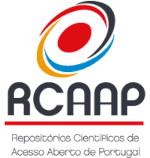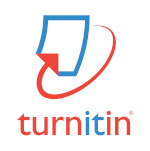Application of an interactive 3D kit for the inclusion of students with visual and hearing impairments in Morphology education
DOI:
https://doi.org/10.5020/23180730.2024.15546Abstract
The Salamanca Statement and the UN Conference on the Rights of Persons with Disabilities were significant milestones for ensuring the educational rights of children and young people with disabilities. Despite the progress made, discriminatory barriers still persist, indicating the need for measures to promote the transformation of social values, especially within the educational context. This article aims to analyze the perception of visually and hearing-impaired students regarding the use of a 3D biological educational kit, developed to support inclusive and accessible morphology teaching. The kit consists of a human heart model in PLA, equipped with an embedded system that includes videos with audio description and translation in Brazilian Sign Language (Libras). The qualitative research was based on a pedagogical intervention and employed focus group discussions and direct observations as data collection techniques. Data analysis was conducted using Yin’s thematic categorization and interpretation method. The results indicate that the use of the kit contributed to students' autonomy and progress in learning. The kit will be promoted in schools, events, and museums, enhancing access to inclusive education.
Downloads
Downloads
Published
How to Cite
Issue
Section
License
Copyright (c) 2024 Revista Tecnologia

This work is licensed under a Creative Commons Attribution-NonCommercial 4.0 International License.
Opinions expressed in the paper on of their texts, agree that Revista Tecnologia will have the right to disseminate them through print and electronic media. RT reserves the right to make, in the originals, normative, spelling and grammatical changes, with a view to maintaining the cultured standard of the language, respecting, however, the style of the authors.

















